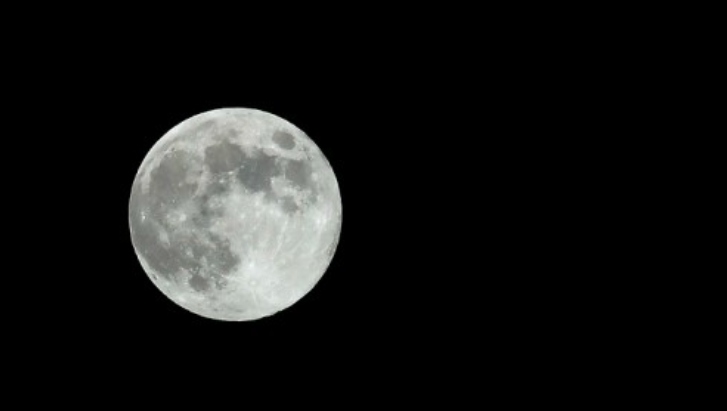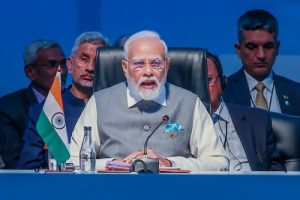In 1969, a defining moment in human history occurred when American astronaut Neil Armstrong took his historic steps on the moon, becoming the first person ever to do so. This remarkable achievement not only opened the door of possibilities for other nations to explore the moon but also ignited a global “race for the moon”.
Later many countries tried to land on the moon in which some succeeded and some failed.
According to Statista, the long-term goal for nations is to create a permanent base on the moon in order to exploit its natural resources, such as water and oxygen (extracted from rocks), precious metals, rocks and rare earths, and Helium-3 (to create fuel suitable for fusion energy generation).
The race for the moon is also starting anew as several more countries and even private companies have announced lunar missions.
Last week, India’s ‘Bahubali’ rocket successfully put the moon spacecraft — Chandrayaan-3 — into orbit in a copy book style.
The LVM-3, the country’s heavy rocket, nicknamed ‘Bahubali’ carried the 3.8-tonne Chandrayaan-3 spacecraft like the hero in the film of the same name lifts a heavy lingam, and slung the moon-bound craft in its intended earth orbit.
In August last year, South Korea launched its first-ever lunar mission. The mission was called the Korea Pathfinder Lunar Orbiter (KPLO), also known as Danuri. The mission was managed by the Korean Aerospace Research Institute (KARI). The goal of Danuri was to test South Korea’s lunar spacecraft technology.
The US space agency NASA plans to launch its next moon mission in 2024 — called Artemis II, which will take astronauts to orbit the moon.
The US space agency plans to launch the Artemis III mission in 2025 or 2026, bringing the first woman and person of colour to the moon.
It will be the first time that humans will walk on the moon since the Apollo missions ended in 1972. NASA has stated that the mission will be carried out using Elon Musk’s SpaceX Starship.
Musk has previously expressed his intention of creating a base on the moon and a city on Mars.
“To really get the public real fired up, I think we’ve got to have a base on the moon,” Musk said at the 2017 International Space Station Research and Development (ISSR&D) conference in the US.
Moreover, Russia’s long-awaited and delayed robotic re-introduction to moon exploration, Luna-25, is at its launch site.
According to the Russian state news agency TASS, the mission will launch on August 11.
China has also announced plans with Russia to set up a joint base on the moon by 2035, but no timeline has been drawn up for the project.
China previously successfully landed its probes Chang’e 3 in 2013, Chang’e 4 in January 2019 and Chang’e 5 in 2020.
India is likely to collaborate with the Japan Aerospace Exploration Agency (JAXA) on a new lunar mission. Space scientists would send a lunar rover and lander to explore the moon’s southern pole as part of this mission.
Twelve US astronauts have walked on the moon between July 21, 1969, and December 14 1972.

























Add Comment